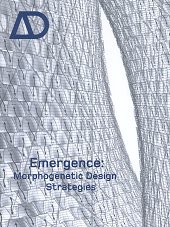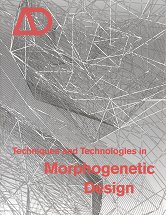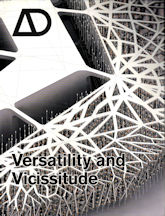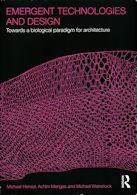This title is compiled by Michael Hensel, Achim Menges, and Michael Weinstock, the directors of the Emergence and Design Group and the new Emergent Technologies and Design masters programme at the Architectural Association {AA} in London. At the AA the group is leading an international research-based unit that is at the very forefront in the tectonic application of emergence. As well as featuring the group’s own work, this publication includes interviews with Frei Otto; Farshid Moussavi and Alejandro Zaera Polo of Foreign Office Architects (FOA); and Charles Walker, leader of the Advanced Geometry Unit (AGU) at Arup. It also features articles Professor George Jeronimidis from the Centre for Biomimetics at Reading University, and Johann Sischka, managing director of Waagner Biro, the manufacturing contractor renowned for its complex geometry construction.



